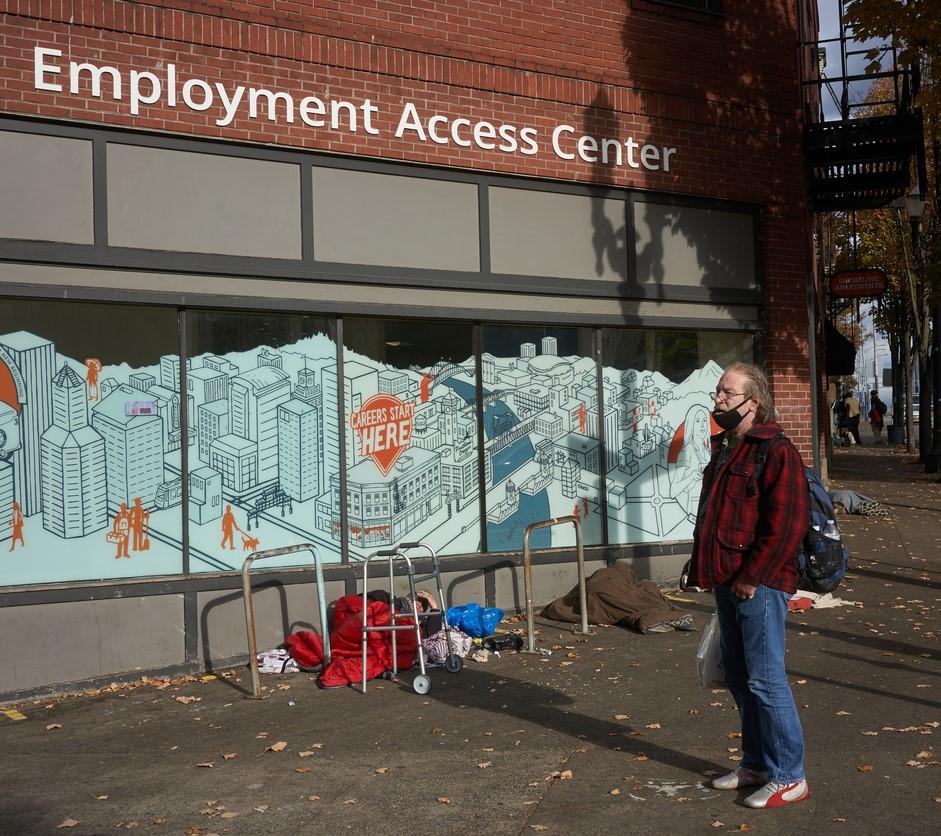US residents of low-income, crowded, and racially diverse communities had outsized rates of death, heart attack, stroke, and new-onset heart failure when hospitalized for treatment of COVID-19, according to an abstract on preliminary study results to be presented at the virtual American Heart Association (AHA) Scientific Sessions Nov 13 to 15
A team led by Emory University researchers used the Centers for Disease Control and Prevention (CDC) Social Vulnerability Index (SVI) to identify US poor and diverse US communities. The index ranks communities based on socioeconomic status, household composition and disability status, racial group and primary language, and housing type and transportation resources.
The team also mined the AHA's COVID-19 Cardiovascular Disease Registry for data on 20,925 infected adults admitted to 107 hospitals from Jan 14 to Nov 30, 2020. Roughly 40% of patients lived in communities in the poorest areas of the United States.
Of the 20,925 hospitalized COVID-19 patients, 6,083 (29.1%) lived in the most deprived US communities (the highest national quartile of the SVI). Compared with those in more affluent areas, patients in the highest quartile were younger (average age, 59.8 vs 62.0 years), more likely to be women (47.1% vs 43.2%) and Black (36.1% vs 13.3%), and less likely to have private health insurance (29.0% vs 39.1%).
Regardless of age, sex, race, insurance status, and underlying illnesses, relative to more affluent areas, people living in poorer areas were more likely to have major adverse cardiovascular events such as heart attacks, strokes, and new-onset heart failure (odds ratio [OR], 1.28, or a 28% higher risk) and in-hospital death (OR, 1.37, or a 37% higher risk).
Connecting vulnerable patients with resources
In an AHA news release, the researchers noted that although previous studies have shown that racial minorities and those from socially vulnerable neighborhoods have poorer COVID-19 outcomes, only limited research has been conducted into whether hospitalized coronavirus patients from vulnerable communities had more complications or worse outcomes than those from less deprived areas.
"Unfortunately, I’m not surprised by the findings of this research," Michelle Albert, MD, MPH, president-elect of the AHA (who was not involved in the study), said in the release. "Getting into the why, how, and which social factors are most consequential in affecting health and then putting our patients in contact with the resources to help them are key for health care professionals."
Albert said that reducing health disparities will require a range of solutions, including community relationship building, increasing the diversity of the healthcare workforce, and strengthening research funding and clinical care focused on addressing the social determinants of health.
"These solutions will require sustained efforts over time; there's a lot of work to be done," she said.





















